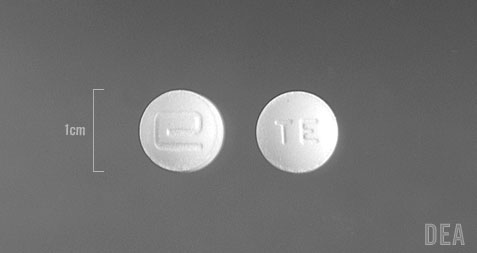What's In Meth
 Acetone
Nail polish remover or paint thinner. Extremely flammable. In the setting of a Meth lab where Meth is being cooked with high heat, acetone is very dangerous.
Acetone
Nail polish remover or paint thinner. Extremely flammable. In the setting of a Meth lab where Meth is being cooked with high heat, acetone is very dangerous. Lithium
Used in batteries. Lithium seriously burns the skin upon contact. It also reacts violently with water and is highly explosive.
Lithium
Used in batteries. Lithium seriously burns the skin upon contact. It also reacts violently with water and is highly explosive. Toluene
Used in brake fluid. Toluene is powerful enough to dissolve rubber.
Toluene
Used in brake fluid. Toluene is powerful enough to dissolve rubber. Hydrochloric
Hydrochloric
AcidUsed to make plastic. It can remove rust from steel and is highly corrosive to human skin. In high concentrations, hydrochloric acid will literally eat away human flesh. Pseudoephedrine
Decongestant found in cold medicine. Large amounts of pseudoephedrine on its own can harm the respiratory and nervous systems, as well as the heart.
Pseudoephedrine
Decongestant found in cold medicine. Large amounts of pseudoephedrine on its own can harm the respiratory and nervous systems, as well as the heart. Red
Red
PhosphorusFound on matchboxes, in road flares, and other explosives. Ignites when overheated. Sodium
Sodium
HydroxideLye. Can burn the skin or cause blindness. It’s used to dispose of road kill because it turns the dead bodies into a coffee-like liquid. Sulfuric
Sulfuric
AcidUsed in drain or toilet bowl cleaner. Another highly corrosive substance that burns the skin on contact. Anhydrous
Anhydrous
AmmoniaFound in fertilizer or countertop cleaner. On its own, it has a pungent, suffocating odor; mixing it with other chemicals can release highly toxic gases.
Which of these is not a common ingredient in Meth?
 |
Signs of Use

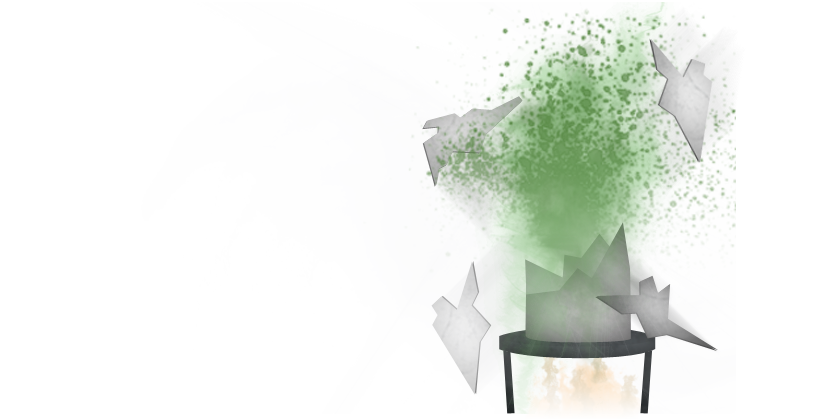
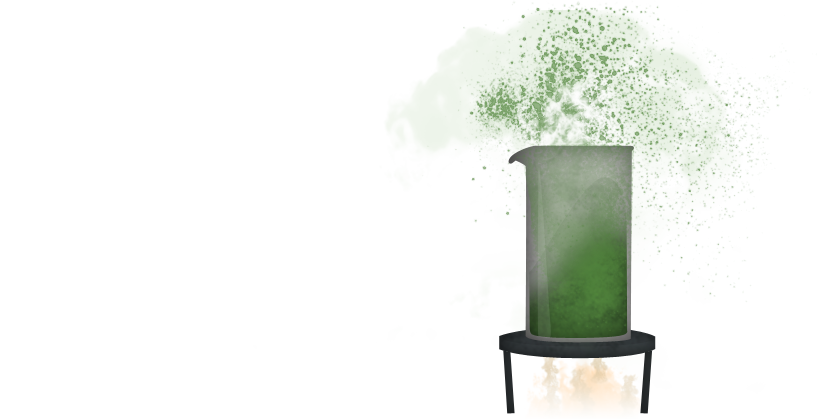
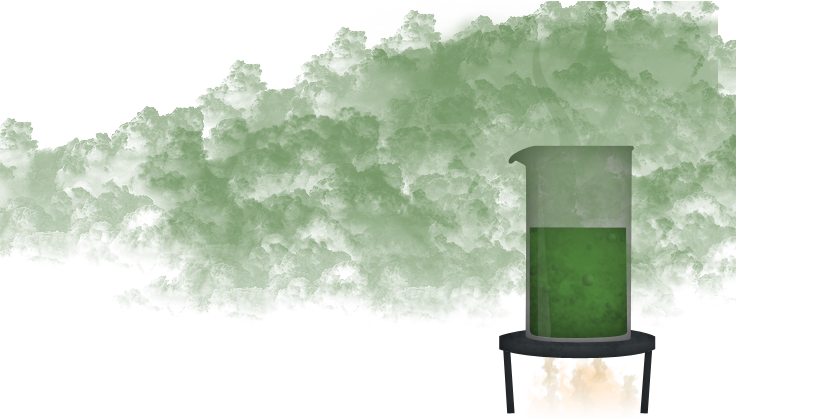
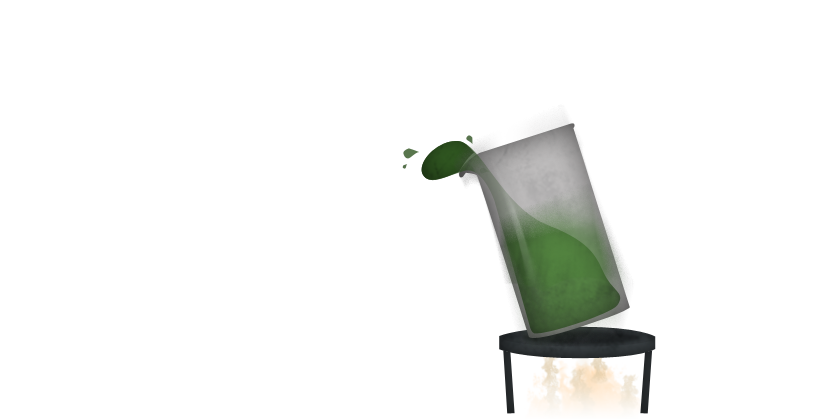
Terms
-
The toxic fumes, vapors, spills, or chemical waste that pollute an area. Each pound of Meth produced yields up to six pounds of waste, which is often haphazardly dumped—endangering communities and the environment. These toxins can cause poisoning, lesions, burns, headaches, dizziness, and nausea. Long-term exposure can cause cancer and damage the brain, liver, kidneys, and immune system. Chemical Concoction
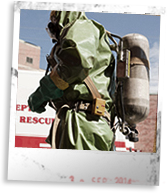
-
Making methamphetamine. Because many of Meth’s ingredients are caustic and explosive, the process is extremely dangerous to “cooks” and anyone else in the lab or surrounding community. Breathing the fumes and handling the hazardous chemicals used to make Meth can cause injury and even death. Out with a Bang
-
Any place where people make methamphetamine. Meth labs can be found in places like warehouses, homes, motel rooms, car trunks—even in the middle of the woods. Due to the lethal ingredients used, Meth labs are toxic waste sites that can be highly explosive. Even if the Meth lab doesn’t blow up, the toxins remain in the area long after the Meth lab is gone. Signs of a Meth Lab
-







